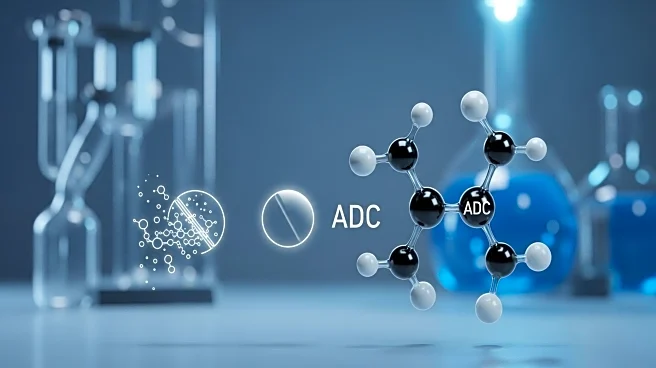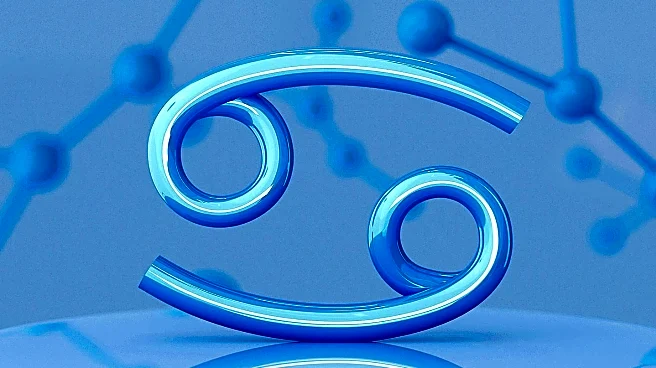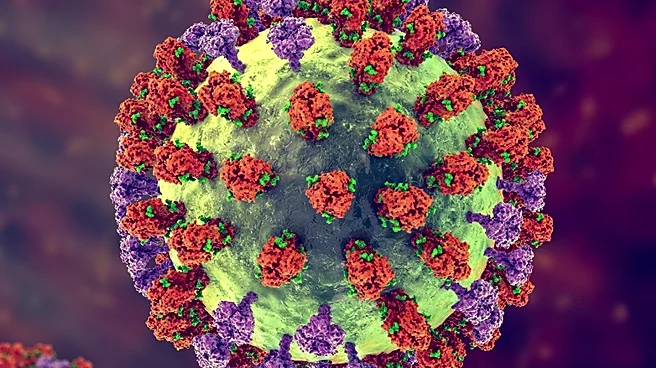What is the story about?
What's Happening?
Lantern Pharma Inc., an AI-driven clinical-stage oncology company, has successfully completed a Type C meeting with the U.S. Food and Drug Administration (FDA). This meeting provided essential guidance on the regulatory pathway and trial design for a planned pediatric trial focused on central nervous system (CNS) cancers, including Atypical Teratoid Rhabdoid Tumor (ATRT). The FDA offered constructive feedback on the clinical trial structure, which includes a parallel cohort specifically for ATRT patients to expedite data collection. Additionally, the agency confirmed the potential use of spironolactone as a combination agent to assess its synergistic effects with Lantern's lead investigational therapy, LP-184/STAR-001. Lantern Pharma plans to submit an IND application amendment based on this guidance, aiming to initiate the trial in Q1 2026.
Why It's Important?
The completion of the Type C meeting with the FDA is a significant milestone for Lantern Pharma, as it provides clarity on advancing precision oncology solutions for pediatric patients with limited treatment options. The trial's focus on CNS cancers, particularly ATRT, addresses an urgent unmet need for innovative therapies in aggressive childhood brain cancers. Lantern's program has received Rare Pediatric Disease Designation and Orphan Drug Designation from the FDA, highlighting the importance of developing effective treatments for these conditions. The successful incorporation of AI-driven strategies in drug development could potentially accelerate the availability of life-changing therapies for pediatric cancer patients.
What's Next?
Lantern Pharma is preparing to submit an IND application amendment incorporating the FDA's guidance, with the trial initiation targeted for Q1 2026. The planned trial will enroll pediatric patients across multiple sites, focusing on progression-free survival, overall response rate, and quality-of-life measures. Lantern Pharma continues to leverage its proprietary RADR® AI platform to optimize drug development and identify patient responders, aiming to bring hope to children and families affected by brain cancer.
AI Generated Content
Do you find this article useful?














